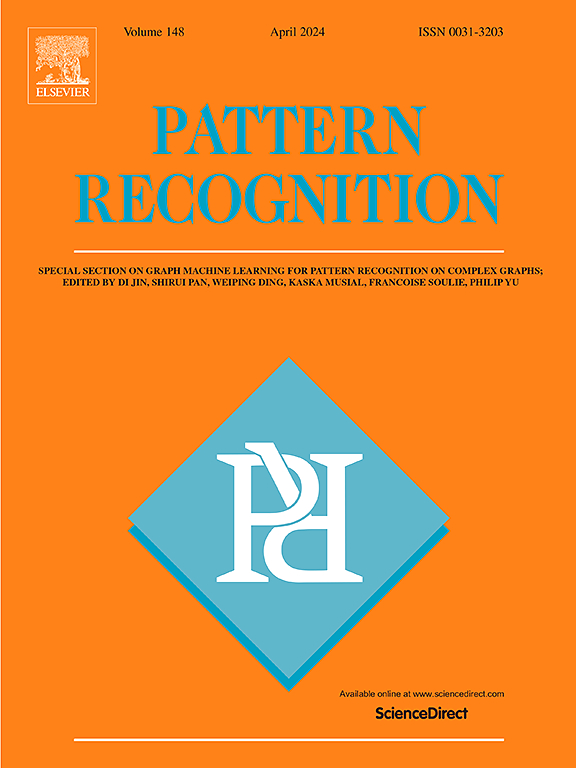Deep reinforcement learning for efficient registration between intraoral-scan meshes and CT images
IF 7.5
1区 计算机科学
Q1 COMPUTER SCIENCE, ARTIFICIAL INTELLIGENCE
引用次数: 0
Abstract
Registration between computed tomography (CT) images and intraoral-scan (IOS) meshes facilitates dental procedure planning. However, the spatial complexity of 3D-space computations presents a significant challenge, necessitating the reduction of computational cost through efficient sampling while maintaining robustness via global approximation without segmentation. Herein, we introduce an efficient and robust method for registering CT images and IOS meshes, eliminating the need for segmentation. We utilized an effective sampling technique to identify key vertices in IOS meshes by calculating the negative curvatures between adjacent faces. The significant vertices are transformed into a novel graph representation, serving as the input state for the graph convolution-based backbone network within a deep reinforcement learning (DRL) framework. This framework approximates an optimal solution through sequential decision-making, selecting the best among 12 actions by considering translation and rotation to accurately locate the 3D mesh at arbitrary positions and angles on maxillary or mandibular teeth in CT images. The proposed method was evaluated against conventional and deep learning-based methods, demonstrating mean absolute errors of 1.955 ± 1.310 and 1.399 ± 0.644 mm for maxillary and mandibular teeth, respectively. Additionally, it required only 0.48 M floating-point operations for the calculations, making it more efficient than existing methods.
求助全文
约1分钟内获得全文
求助全文
来源期刊

Pattern Recognition
工程技术-工程:电子与电气
CiteScore
14.40
自引率
16.20%
发文量
683
审稿时长
5.6 months
期刊介绍:
The field of Pattern Recognition is both mature and rapidly evolving, playing a crucial role in various related fields such as computer vision, image processing, text analysis, and neural networks. It closely intersects with machine learning and is being applied in emerging areas like biometrics, bioinformatics, multimedia data analysis, and data science. The journal Pattern Recognition, established half a century ago during the early days of computer science, has since grown significantly in scope and influence.
 求助内容:
求助内容: 应助结果提醒方式:
应助结果提醒方式:


